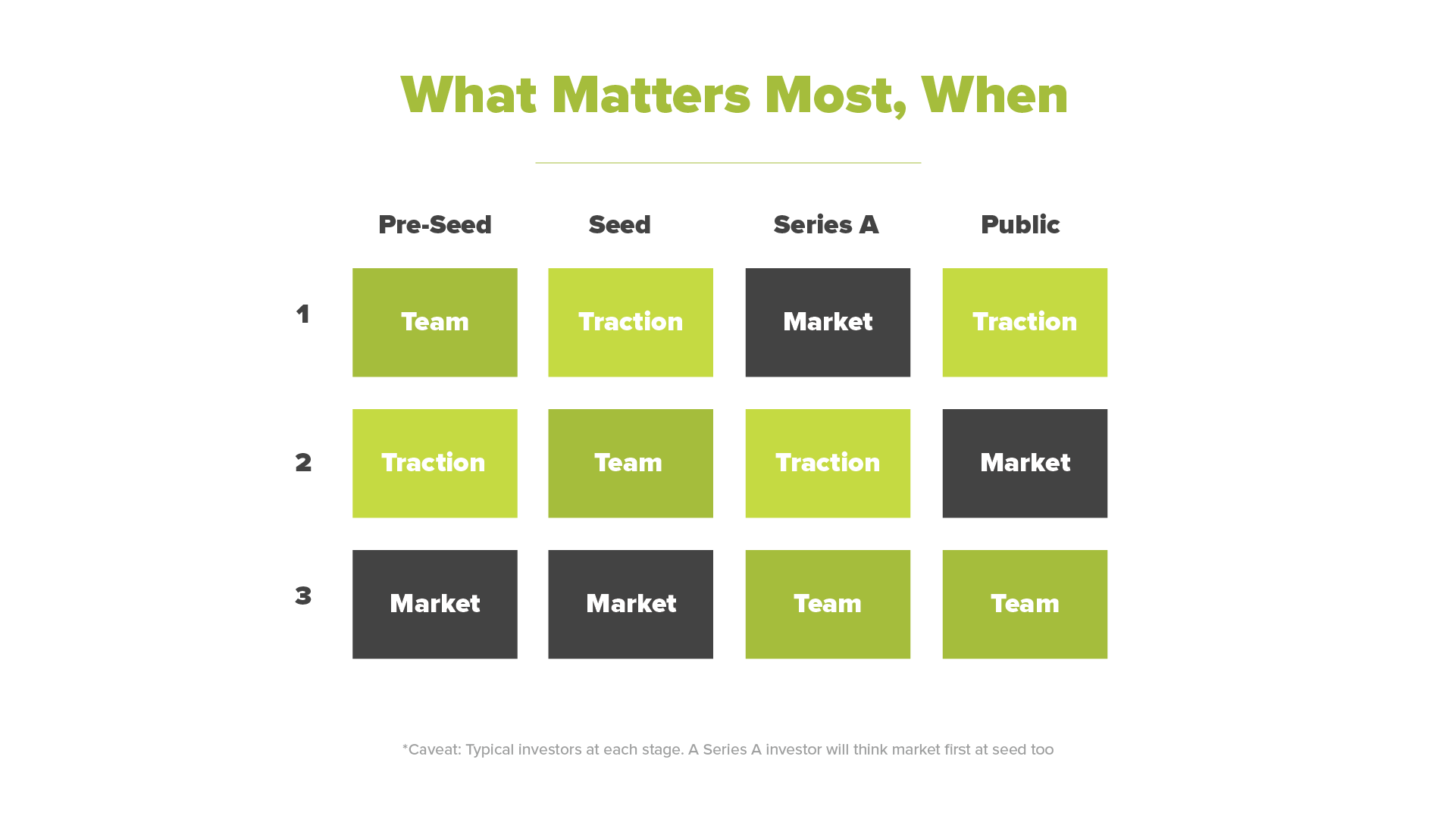
At Pear, we consider ourselves 0 to 1 venture capital. We partner with entrepreneurs from day zero to build category defining companies.
You might be thinking: so many other VC funds have said all that too, but then they keep telling us that we’re “too early” or asking for “traction.”
So what do we really mean when we say day zero? What are we actually looking for? And what is this 0 to 1 you keep talking about? How do I actually get to 1?
Taken from Mar’s much-loved talk, we think this philosophy will shed some much needed granular and specific light on all of these questions!
You can also read the original deck here: pear.vc/landscape or watch Mar’s original talk here: youtube.com/watch?v=B0seWrrz3Dg.
The Series
PART 1 — The Big Picture
It’s hard to get financing when you’re in the 0 to 1 stage. Even harder to become a category-defining company. We think it’s important to really understand why that’s true. You should know exactly what you’re getting into and be prepared for the reality of how hard this journey is before you embark on it.
PART 2 — Step 0: Make sure you’re in a big enough market for venture financing
Did you know you might not even need venture capital? We’ll break down what “big enough market” means quantitatively and qualitatively, and how you can communicate that effectively to venture capitalists.
PART 3 — From 0 to 0.5: Show us product love
At 0, you have a big idea. At 0.5, you have a product that you can sell and you’re ready for seed stage financing. What we look for at this stage is product love. Believe it or not, there are quite specific signals for this that we’ll explain here.
PART 4 — From 0.5 to 1: Prove that you can systematically sell your product
You’re readying yourself for Series A now. Your task is to prove two things: (1) someone who is not you can sell your product (2) you can optimize and scale that process. The most important thing you need to do is make a plan and measure your progress. We’ll walk you through it.

